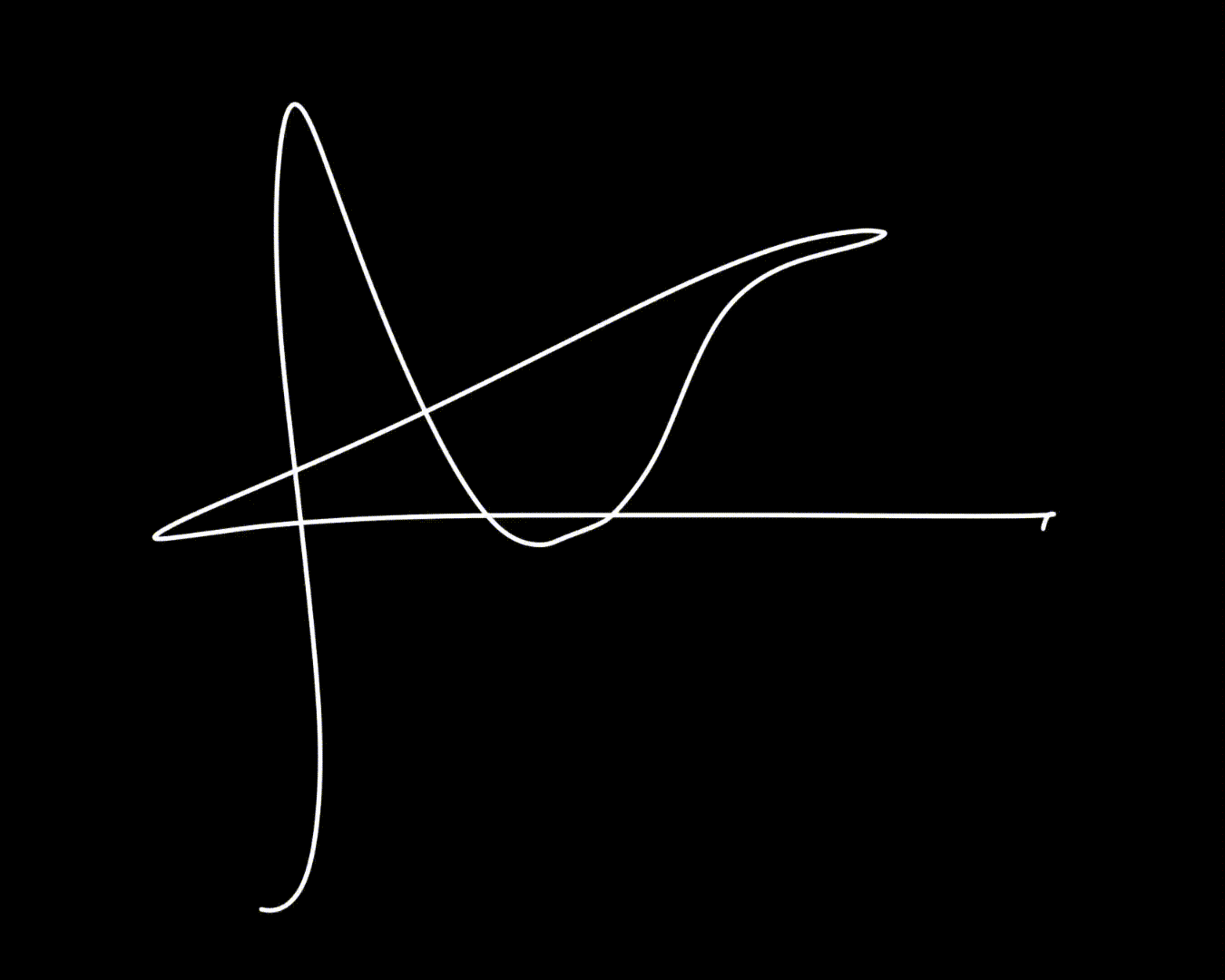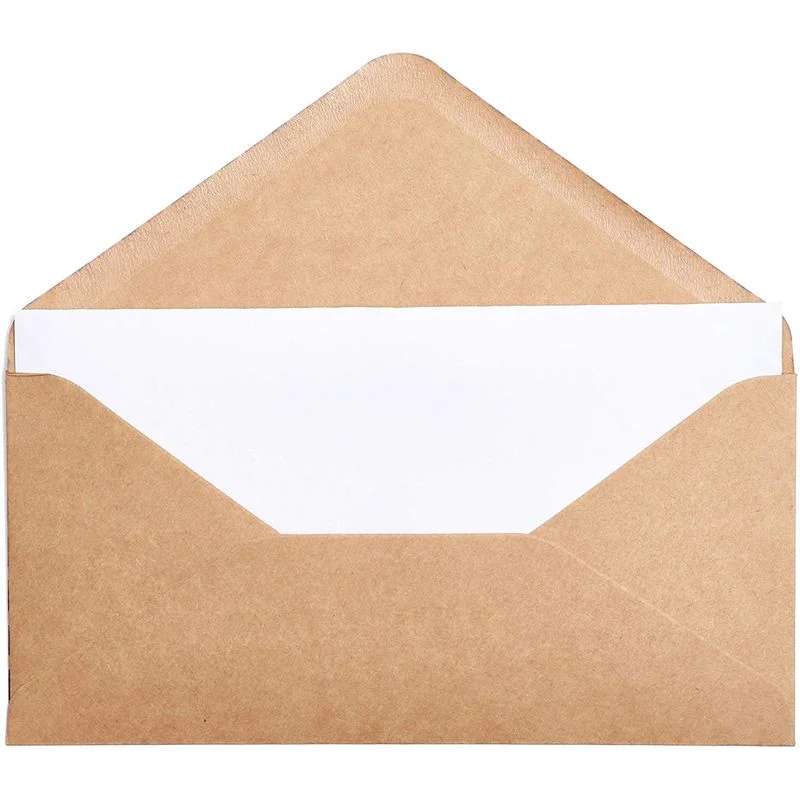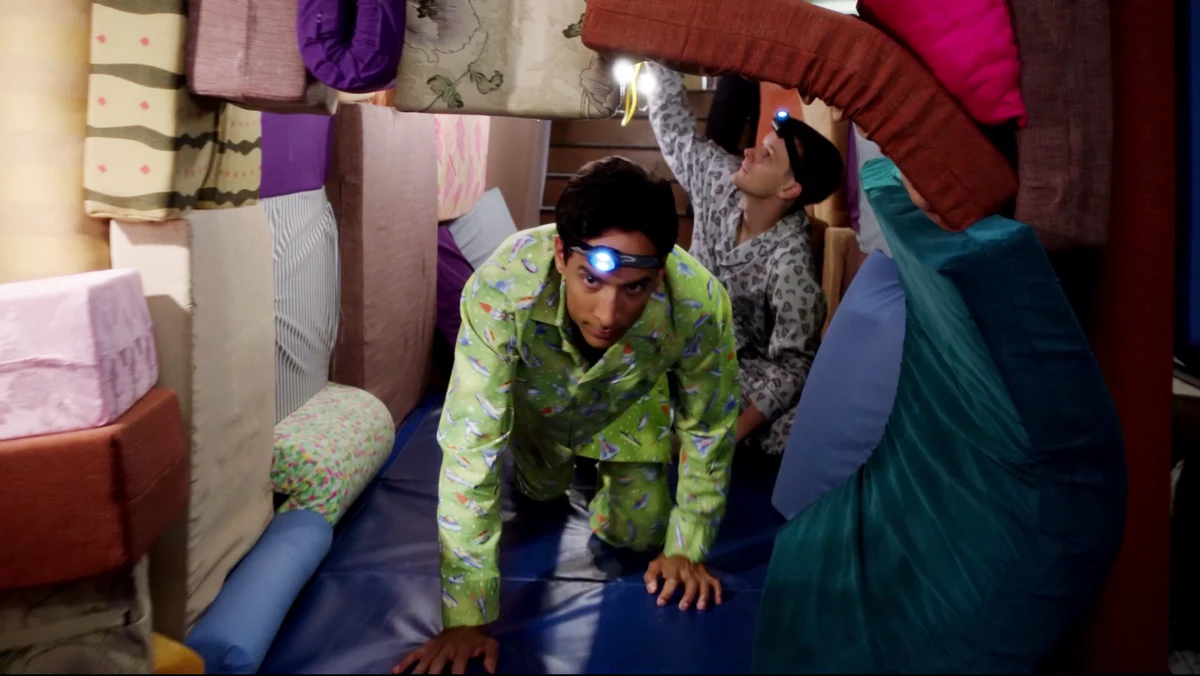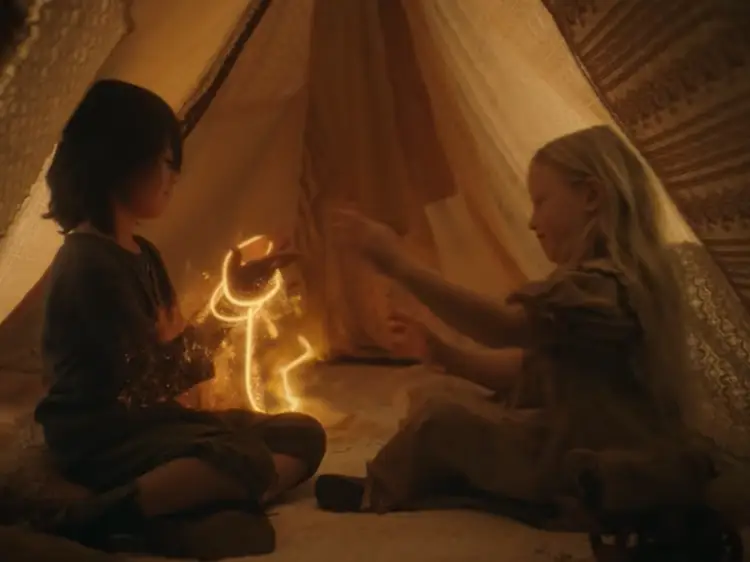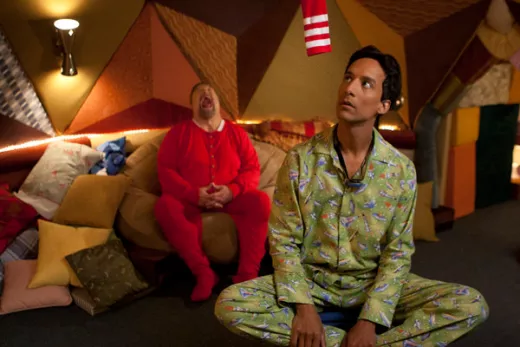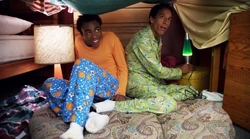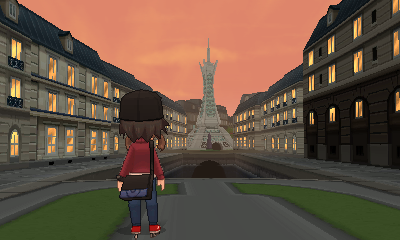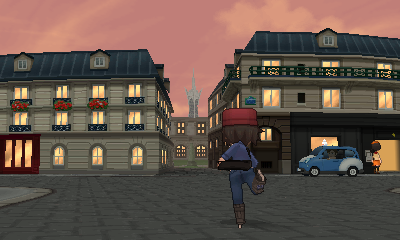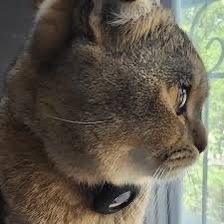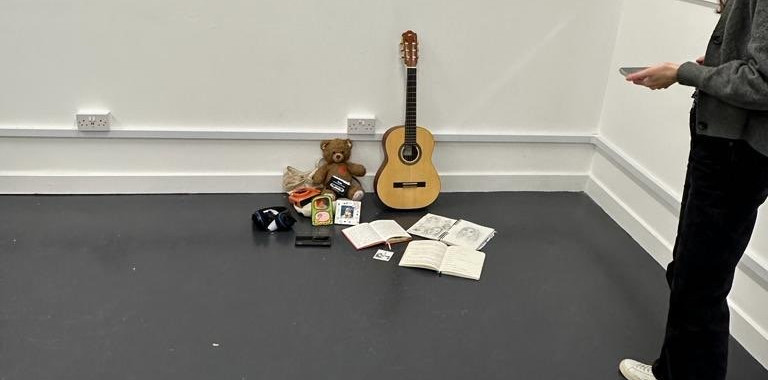- nyah rylie

- Apr 20, 2024
- 8 min read

"Can she solve a puzzle?" was the question we asked ourselves while looking through photos of me as a child to use as reference for the younger version of the character.
Adobe XD is apparently in maintenance mode so I was looking for an alternative app for wire-framing when I came across a free website called Figma. I'll have to admit now that if I'm honest, I hated it. It was not nearly as intuitive to use (I did, however, skip any tutorials out of impatience) and the end result just seemed janky to me. This could be because it's my first time attempting to wireframe a video game mechanic -- I do quite enjoy designing websites cause they're easier for me to understand as someone who isn't familiar with the coding side of video game development.
The game mechanic I was using to test my ability to create a prototype on Figma was the one with the jewellery box. My idea was that the turn key at the back of the jewellery box could be "turned" to open a secret compartment Joud so kindly added to the model. In that compartment, would be a key that would open some other lock for the next puzzle. We originally hoped we could have some sort of system come up in the players view that allowed you to inspect a 3D object to find the turnkey at the back of it. However, this seemed too complicated to implement and we decided on having 2D widgets showing the front and back view, flickable through arrow icons, since Stanley already knows how to do this in Unreal. Once you press the button to interact with the turnkey, the widget will close and the jewellery box will animate opening back in the 3D scene.
I'm honestly probably not going to be using Figma again (if I can help it) since Stanley and Joud seem to understand what I mean by simple explanations in words and sketches so I'll stick with that method of communicating my ideas for the time being.
Here is the Jewellery box in game:
Recreating Memory Items
My original idea was to just scan the actual papers and cards I had in my memory box and blot out pieces of information like ink splatters. However, this was quite messy and distracting from the original functions of the pieces so as Tadej suggested in a previous tutorial, I tried my hand at recreating them instead. This allowed me more creative freedom and the ability to censor personal information of people whose privacy I would not want to invade as I'm unable to get all their consent.
The first object I attempted to recreate mainly in Photoshop. The AI Generate tool really came in handy for instantly and smoothly removing written text and leaving a blank space for me to replace names and such. In order to recreate the handwriting as closely as possible, I mostly copy and pasted existing letters and rearranged them to spell new names.
I kept a couple of the ink splatters just because they were four-digit numbers which would be irrelevant to puzzles that involve information on this card. For example, I'm thinking 1215 the digits from my birth time could be the code for a safe lock in the game. I'm unsure how to draw players attention to these numbers -- the1102 from my birth date are also intact four-digits -- but I'm thinking the character narration could provide a clue or draw attention to the information to guide them.
"I once asked my mom what time I was born so I could share my birth chart with my astrology obsessed friends. I was a taurus rising for the longest time because I just guessed a time. Apparently entering this world at 12:15pm makes me a cancer rising. I won't forget it now." (True story.)
The "I'm a Girl!" card is gonna be in the Baby box my mother kept of things from when I was born along with a couple pages from the journal it came with. The Baby box is gonna be in the master bedroom part of the first level.
ALso, I've made another font. After using Calligraphr to turn my handwriting into a font to write the Ephemeral journals, I've become familiar with the process and Calligraphr makes it quite easy to do. You simply download their templates -- I use Minimal English and Minimal Numbers to get the basic alphabet and punctuation I need to write short messages. It's not until I've imported the font to Canva several times that I realise I'm missing characters like brackets so I think in future I'll try adding a Minimal Punctuation template for those.
On Monday, I'd forgotten to bring my iPad to the Emerging Media Space in the library (which is our main workspace for this project since it has the PCs with Unreal Engine on it) so I had to physically print the templates and fill them in with the pens. Since those were the only writing tools I had on me to write with, I had one chance to get the letters down if I didn't want to have to reprint it. This meant that the majority of the time customising this font was spent digitally fixing the letters with their in app letter editing system that features minimal brush sizes and a couple brush shapes (round and pixels) with an eraser function. Overall, it was quite difficult to achieve with a computer mouse and probably took longer than necessary.
This design was based on a combination of birthday cards: one written by my mother on behalf of the rest of my family when I turned fifteen and the other from my grandmother (Nonna) on my 19th. We thought the inside cover on the right side seemed too blank so I borrowed the graphic from my Nonna's card.
On Wednesday, I made yet another font. As I've been recreating these pieces from my memory box I've decided creating custom fonts to mimic the handwriting is both a fun way to personalise the documents and also achieve greater realism and accuracy to match the realistic aesthetic of the game. Luckily, I came prepared this time and brought along my iPad and Apple pen which significantly sped up the process and made it a lot easier to make adjustments to individual letters as I went.
Since the original note was written on custom stationary of my old friend's family, I recreated it using a card texture in Canva, some corner border design accents, and fake information replacing the address and surname header and footer. It's quite difficult generating a font that mimics someone's writing style. I upgraded my account to a Calligraphr Pro account that costed a one-time payment of $8 for a month to see if the features such as randomisation, ligature, and spacing adjustments could make the font appear more seamless. It also allowed me to create more than one font.
Here's the rest of the objects I've made so far:
****UPDATE*****
Over the weeks this blog has been in my drafts, Stanley has implemented the majority of the game mechanics. This meant that he created a combination lock system for the safe in the master bedroom of the house. As you know, it was one of the first "puzzles" I'd thought of where the answer to the safe code was always meant to be found on the pink 'I'm a Girl !' card in the baby keepsake box. To make it something lesser known like my birth date, it was gonna be my birth time. However, we found inconsistencies across the baby book my mother wrote in and the card.
We decided we would stick with 12:16pm, as written in the book, because it was much easier for me to change the card. I took this opportunity to just recreate the card entirely so it would be cleaner and more aligned with the aesthetic of the other objects.
Here is the safe mechanism:
The Matthew Diaries
I'd found myself stuck on what more I could add to the game since starting these so I employed the help of my cousin, Celeste back home in Hawaii where my original memory box and diaries are. We've been referring to the diaries from when I was around 11-16 as the 'Matthew Diaries' because they were the basis for my song about my childhood/childhood crush, Matthew. Celeste has been very helpful in sending me photos of diary entry pages I've been recreating with my font and canva.
Copying down all the text took several methods. My first instinct was to use iPhone's feature where it detects and highlights text in a photograph and allows you to copy and paste it. There were obviously flaws to this since it wasn't able to detect all my handwriting accurately so I would edit it in a Google doc before pasting it into canva in my font. Eventually, my iPhone was able to detect barely any of the text and even what it did detect was incomprehensible, so much so that I was practically retyping all of it anyway so I abandoned that method.
I then got Stanley to read an entry aloud to me so I could copy it down without having to stop to look back and forth between the photo and my typing. Of course, I couldn't always type at the same speed he could read but it got the job done.
When he left to go back to the EMS to work on Unreal, it dawned on me that there was a simpler method to achieve this. I could just use dictation to type out my words as I read out the entry myself. Too bad I only realised this at the very last entry.
Here is the diary in game:
I've also found more recent diary entries and Celeste sent me some from the other notebooks I wrote in. Every time I moved, I found the diaries again and wrote an update about my life in the blank pages. I think implementing these could be a nice continuation from the younger years as it became an exercise in writing to my future and past self -- very on theme. However, I'm afraid we may have too many things to read in the game so far.
Reflections
In conclusion, no, she cannot solve a puzzle. I think I'd been so determined to make the gameplay of this project more complex as if that would make it more valid in its chosen medium that I've spent the majority of this time stuck on what would make the perfect contents. I've had to surrender to the process and hope that the atmosphere is at least coming across the way it's intended with what we have created so far. What I've ended up doing is sharing personal items from my real memory box back home that I never thought I'd exhibit in this way.
We decided that would be a good foundation for the game's plot -- that you're going through a virtual world that's a representation of the internal world made tangible only through a memory box full of assorted photographs, letters, trinkets, clippings, notes, cards, etc. and that these items are your guide through the space. If we still decide to have the game open on the train in the Filling in the Spaces cover art, Hayn (how we've referred to her in development)/Rylie (my middle name and the one we've decided to call the actual character in the game) will have the locked memory box with her without a key after packing up to move to a new place. This will introduce the issue that leads you to this world.
As much as I felt it may be overdone, I've realised diary entries are probably the easiest way to tell a narrative based on a characters internal thoughts and feelings. Reading these old entries of mine has been the quickest route to putting myself back in the mindsets I was in during these younger years of my life. My age is also evident in the tone of my writing. I didn't originally intend for my diaries to be such a driving force in shaping the story of our game because it felt like it would be spelling it out too bluntly. However, since we're now at the final weeks before the deadline, they are a godsend. I only wish I had more time to flesh out the details of the world because Stanley and Joud have created an incredible framework with the levels and assets they've built.
